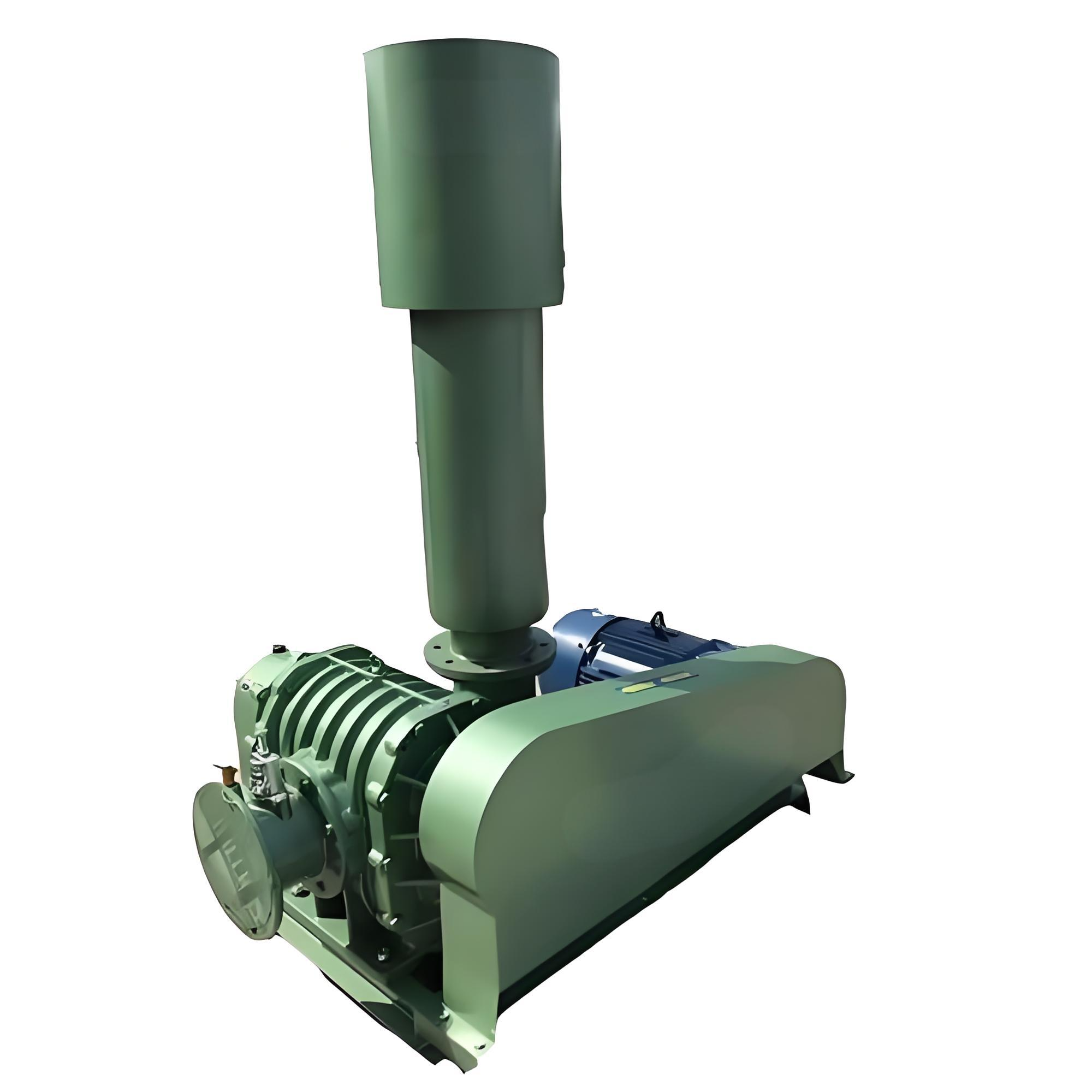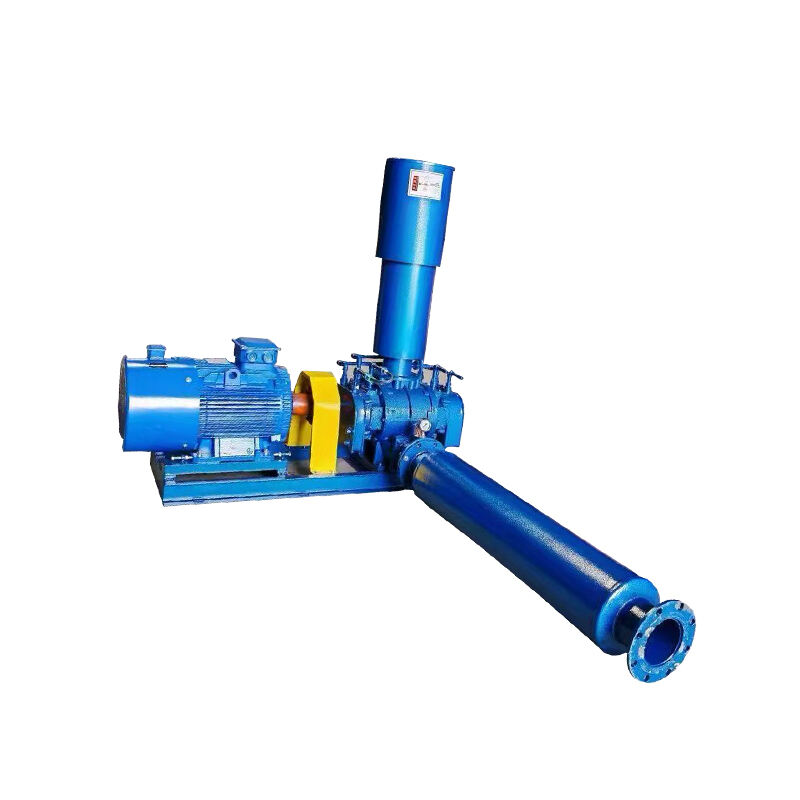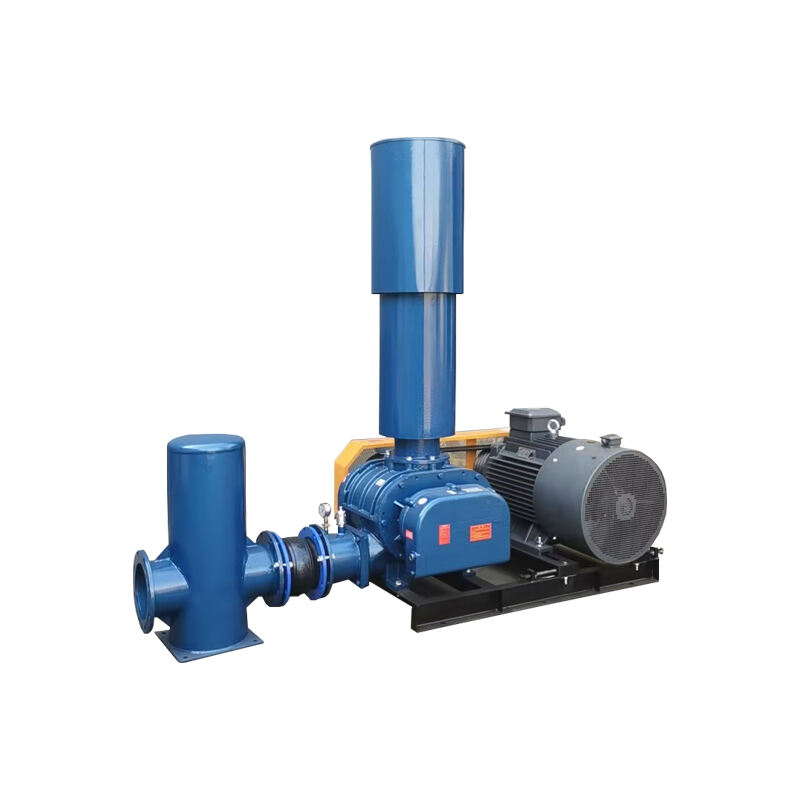air blower for water treatment plant
Air blowers for water treatment plants are essential mechanical devices that play a crucial role in the aeration and treatment processes of wastewater facilities. These sophisticated systems are designed to deliver a continuous and reliable supply of compressed air, which is fundamental for biological treatment processes and maintaining optimal oxygen levels in treatment tanks. The air blower operates by drawing in ambient air and compressing it to create the necessary pressure for various treatment applications. These units are engineered with advanced impeller designs and precision-controlled motors that ensure efficient air delivery while minimizing energy consumption. The technology incorporates variable frequency drives (VFD) that allow for precise control over airflow rates, adapting to changing demand patterns throughout the treatment process. Modern air blowers are equipped with smart monitoring systems that provide real-time performance data, enabling operators to maintain optimal operating conditions and predict maintenance needs. These systems are available in various configurations, including positive displacement blowers, centrifugal blowers, and turbo blowers, each suited to specific treatment plant requirements and capacities. The robust construction ensures reliable operation in demanding environments, while noise reduction features make them suitable for installation in various locations within the treatment facility.



